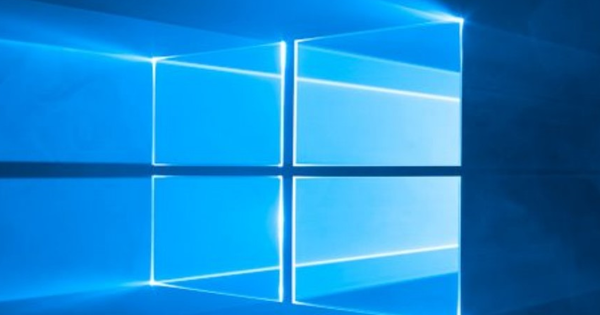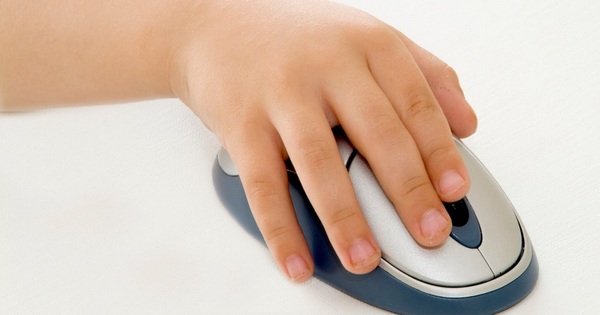Fonts determine the look of your document. Choosing the right font is mostly a matter of personal taste, but when your typography library is overflowing with hundreds of installed fonts, how can you make smart use of it and not be overwhelmed by it?
Tip 01: Install
Few things are as simple as installing a new font. You double click on the font file and you will see a preview of all letters and numbers and a sample sentence. If you're happy with how everything looks, you can easily add the font to your system by clicking the to install to click. Then when you open a program like Word, the newcomer will be in the list of fonts. Also read:15 tips and tricks for Microsoft Word.

Tip 02: Clean up
If you have installed a lot of fonts – perhaps shortly after reading this article – it is useful to know how to do a major cleaning. There are two options for this from Windows: hide or delete. Open the part Fonts through the Control Panel. If you right-click on a font, you can select the font, among other things remove or Hide. The first choice, delete, is final. Hidden fonts remain in the system, but are not visible in your programs. To bring back a hidden font, select it and right-click on To display to make it active again.

Tip 03: Example
When you right-click on a font file in the overview of installed fonts, you will also see the option Example. You can send this preview of the font directly to the printer if you wish. To find special characters, such as the copyright symbol, use in the window Fonts the assignment Find a character. In the top box you select the font you want to use and then click on the desired character in the grid. Then you can simply copy and paste the character into a text document.
 Nowadays you can install tons of fonts before it will slow down your PC
Nowadays you can install tons of fonts before it will slow down your PC Font vs Font
The word "font" refers to the Latin word for casting. The term dates from the time when the letters were still cast in lead, antimony or tin. The terms font and typeface are often used interchangeably. The printer needed different sets of letter blocks of the same font. For Garamond Default 10 it had a separate set of fonts, and for Garamond Italic 12 a different set of fonts. A font is still a font in a certain drawing style, such as standard, bold, italics or bold italics.

Tip 04: Default fonts
On the current generation of PCs you can install a lot of fonts without your computer being bothered by it. You only notice any delay when a program builds up its selection menu for fonts too slowly. But even on a PC with little RAM, you can work with 1,000 fonts without any problems. At the bottom of the window Fonts find the number of fonts in your operating system.
To revert to the original set of fonts that came with the Windows system, click in the window Fonts on the left Font Settings and choose your Restore default font settings. These default fonts belong to the operating system and should not be removed. They are optimized for the screen and not for printing. When you download new fonts from the Internet, they are usually TrueType (.ttf) files. You can enlarge these fonts at will, without loss of quality. The OpenType font (.otf) was designed by Microsoft and therefore mainly appears in Windows applications. Finally, you have PostScript fonts (.pfb), which are standard provided by Adobe for professional use.

Tip 05: Font banks
You have a wide choice of fonts via online font banks. However, designing a good font is a specialized profession and unfortunately you will find a lot of clutter among the free fonts. Websites such as www.dafont.com or www.1001freefonts.com divide their offerings into different categories. There are also a lot of dingbats in both sources. Dingbats are pictures, icons or ornaments that you enter via the keyboard, just like letters. Want to use Metallica, Apple, Walt Disney, or Coca Cola fonts? On www.flexfonts.nl you will find them in alphabetical order.
Google offers more than 800 quality font familiesComic Sans hate
Of the thousands of fonts, one that continues to heat up emotions: Comic Sans. The Microsoft font was designed in the early 90s for a series of cartoons. Typographically, this font is indeed a dragon. The distribution of weight (thickness of the lines) is not good and the balance between the letters in word is disturbed. Designers loathe the font en masse, while do-it-yourself designers often hark back to this sympathetic classic. Meanwhile, there are even several hate sites about this font.

Tip 06: Google Fonts
Google treats you to more than 800 quality font families. To quickly find the right font, use the options on the right side of your screen. You can choose from serifs (Serif) or sans serif (Sans Serif), see also the box 'Across the line'. There are fonts that resemble handwriting (handwriting) and fonts that all occupy the same width (monospace). To download these fonts, first make a selection by clicking on the plus signs next to the font family. Then click on the black bar at the bottom where you can download them to your computer using the download arrow.
To make installing Google Fonts even easier, there is the SkyFonts tool. After installation, choose Services in front of Google Fonts. From then on you only need to install a font Google Fonts to select, on SkyFonts click and confirm with Add. When you start this app together with Windows or macOS, you can use the synchronization function so that the same Google Fonts are available on all your computers.


